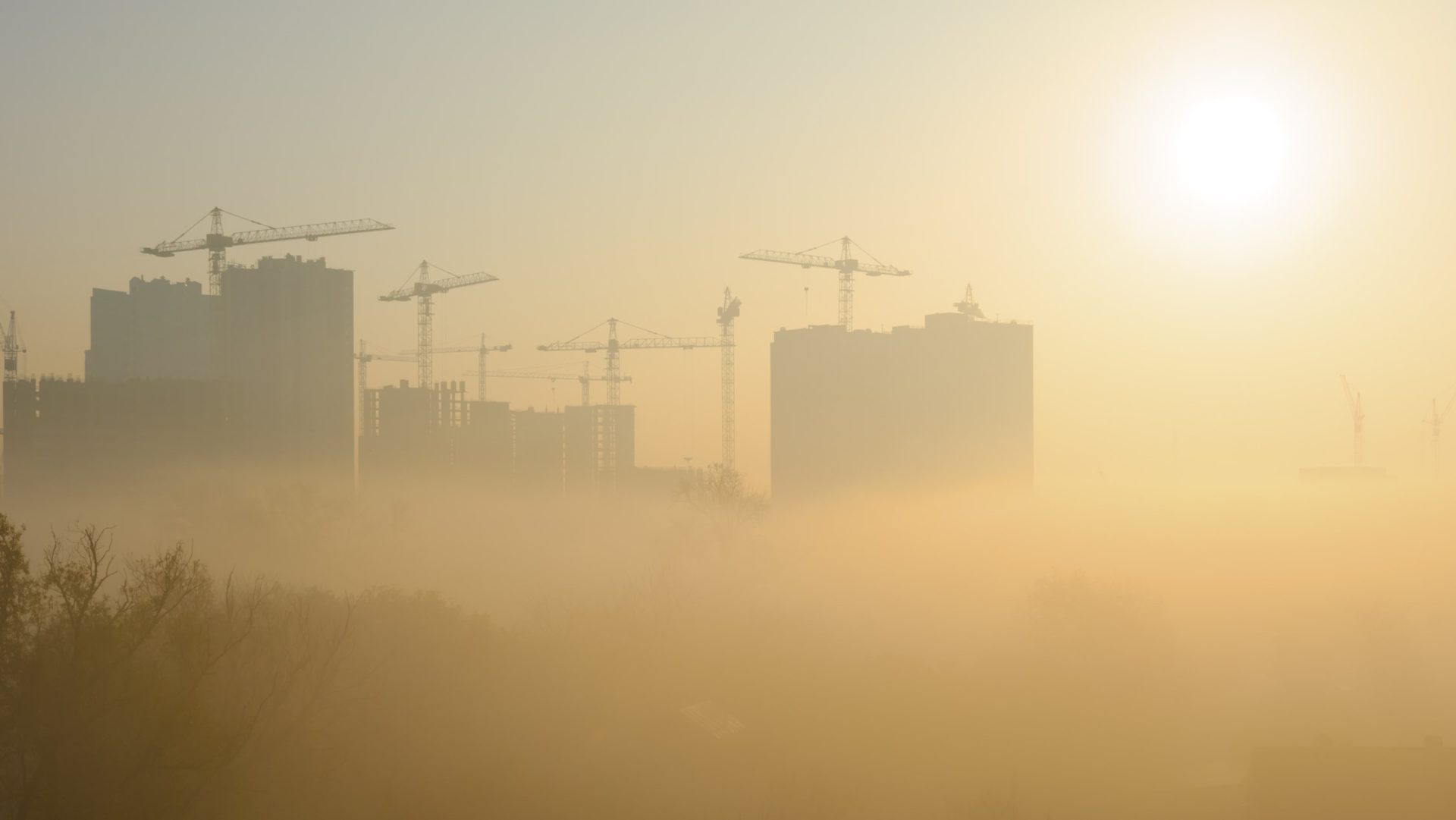
The National Audit Office (NAO) has criticised the government for “not communicating effectively” with the public on the issue of air quality.
In a new report, the NAO warned that while emissions of most air pollutants had been falling in recent decades, poor air quality is still damaging people’s health.
It also identified construction as one of the main sources of air pollution. Figures from 2020 showed that manufacturing industries and construction were the second largest producers of coarse particulate matter (PM10), accounting for 16% of emissions. And manufacturing and construction were the biggest emitters of fine particulate matter (27% of emissions).
The sector also fared badly on nitrogen oxides, with manufacturing industries and construction responsible for 21% of emissions, second to road transport (28%).
2030 emissions targets
In 2019, the Department for Environment, Food & Rural Affairs (Defra) published its Clean Air Strategy outlining its approach to improving air quality.
But the NAO warned that existing measures would not be sufficient to achieve most of the government’s 2030 air quality targets. Defra expects to outline further measures to achieve its 2030 emissions targets in September 2022.
In 2016, Defra established a Joint Air Quality Unit (JAQU) with the Department for Transport (DfT) to tackle illegal levels of nitrogen dioxide (NO2) air pollution in the shortest time possible.
Progress slower than expected
But the NAO says the programme has progressed more slowly than expected. The government has identified 64 local authorities with potential breaches of NO2 concentration limits. As of April 2022, information from JAQU showed 14 of these local authorities had implemented all measures that are expected to bring NO2 levels within legal limits, with a further 16 authorities found to be already compliant.
“Government has made progress with tackling illegal levels of nitrogen dioxide air pollution, but not as fast as expected.”
The NAO added that government “does not clearly and consistently communicate air quality issues or its proposed solutions to the public”. It pointed out that the government publishes many sets of air quality data and air quality reports, but that most are inaccessible to the public.
It recommended that Defra, DfT and JAQU should review and clarify milestones for the programme, taking into account delays caused by the covid-19 pandemic.
Gareth Davies, the head of the NAO, said: “Government has made progress with tackling illegal levels of nitrogen dioxide air pollution, but not as fast as expected. There are also concerns about the health risks from particulate matter, which government is finding challenging to tackle. To meet all its 2030 targets for major air pollutants, government will need to develop robust solutions quickly.
“The public need clear information to understand why clean air measures are important and what the measures will mean in their area. Those living in the worst-affected areas ought to be able to find out when and how their air quality is likely to improve.”











